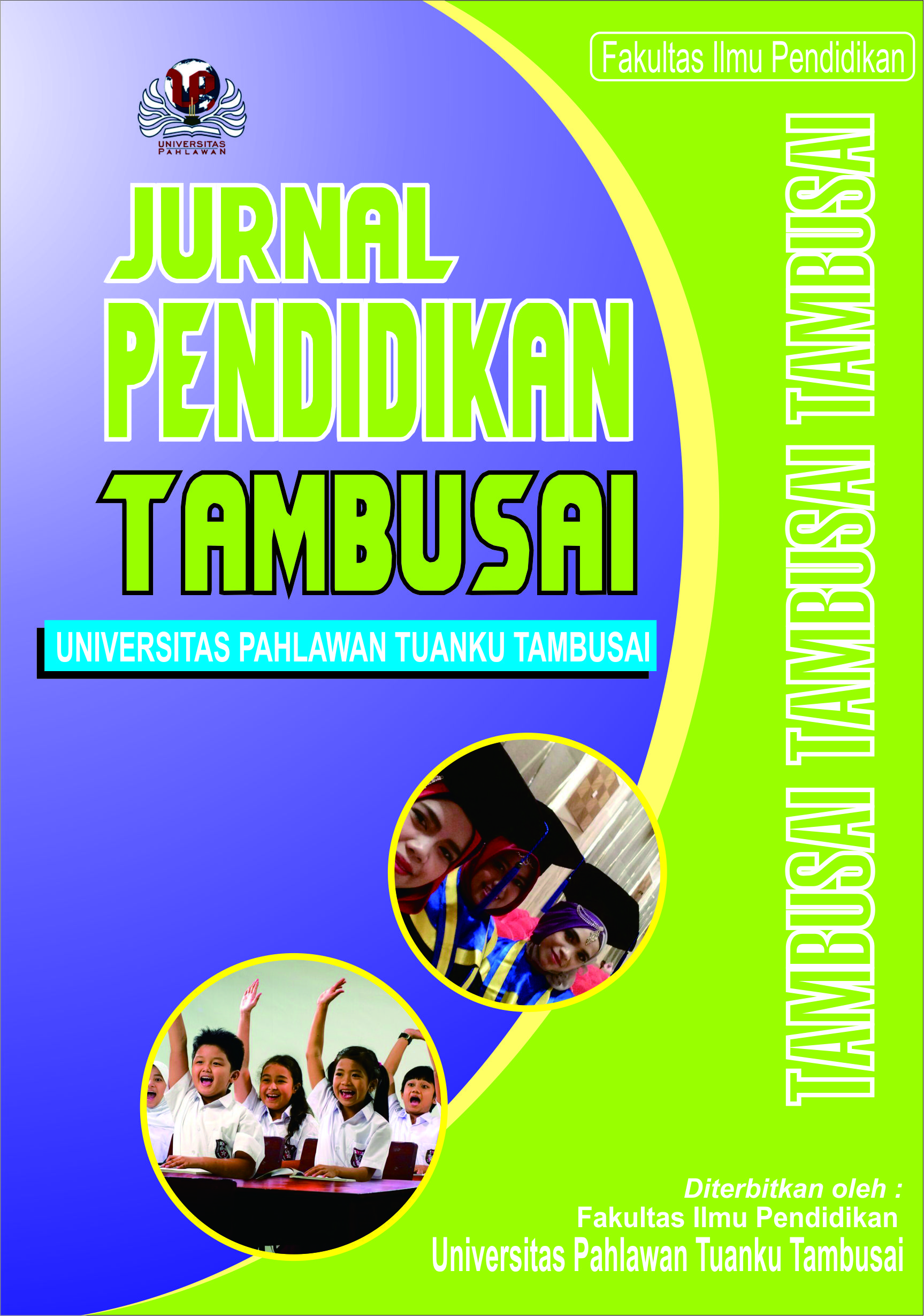Analisis SWOT Pelaksanaan Ekstrakurikuler Pramuka di SDN Haurpugur 02
DOI:
https://doi.org/10.31004/jptam.v7i3.12217Keywords:
Ekstrakulikuler, Pramuka, Analisis SWOTAbstract
References
Budhianto. (2022). Manfaat Kegiatan Pembelajaran. Merdeka di alam terbuka. Educa Studio. https://www.educastudio.com/news/manfaat-kegiatan-pembelajaran-merdeka-di-alam-terbuka.
Creswell, J.W. (2016). Research Design Pendekatan Metode Kualitatif, Kuantitatif dan Campuran. Pustaka Pelajar.
Etikan, I. (2016). Comparison of Convenience Sampling and Purposive Sampling. American Journal of Theoretical and Applied Statistics, 5(1).
Kemendikbud. (2014). Panduan Ekstrakurikuler. Jakarta: Kemendikbud.
Kwartolo, Y. (2017). Konsep Dasar Kepramukaan. Yudha English Gallery.
Khamim. (2022). Analisis SWOT Terhadap Penerapan Pembelajaran Tematik di MI Ma’arif NU 1 Pengadegan Kecamatan Pengadegan Kabupaten Purbalingga. Jurnal Ilmu Sosila dan Pendidikan. Vol 6 (2). 3274-3734.
Nazir. (2014). Metode Penelitian. Ghalia Indonesia.
Pertiwi. (2018). ANALISIS STRENGTH, WEAKNESS, OPPORTUNITIES, THREAT DI MADRASAH TSANAWIYAH NEGERI 2 BANDAR LAMPUNG. Skripsi. http://repository.radenintan.ac.id/5060/1/DIAN%20PERTIWI.pdf.
Rachmawati, I.K.E. (2007). Pengumpulan Data dalam Penelitian Kualitatif: Wawancara. Jurnal Keperawatan Indonesia, 11(1).
Rangkuti, F. (2017). Analisis SWOT: Teknik Membedah Kasus Bisnis. PT Gramedia Pustaka Utama.
Rusydi, M. (2019). Aplikasi Analisis SWOT Dalam Penentuan Strategi Lembaga Pendidikan Islam. Idaarah: Jurnal Manajemen Pendidikan, 3(2).
Sugiyono. (2015). Metode Penelitian Pendidikan Pendekatan Kuantitatif, Kualitatif dan R&D. Alfabeta.
UU No. 20 Thn 2003 tentang Sistem Pendidikan Nasional.
Wiyani, N.A. (2018). Manajemen Ekstrakurikuler di Sekolah Dasar. Ar-Ruzz Media.
Downloads
Published
How to Cite
Issue
Section
Citation Check
License
Copyright (c) 2024 Destiani Dwi Pujasmara

This work is licensed under a Creative Commons Attribution-ShareAlike 4.0 International License.
Authors who publish with this journal agree to the following terms:
- Authors retain copyright and grant the journal right of first publication with the work simultaneously licensed under a Creative Commons Attribution License that allows others to share the work with an acknowledgement of the work’s authorship and initial publication in this journal.
- Authors are able to enter into separate, additional contractual arrangements for the non-exclusive distribution of the journal’s published version of the work (e.g., post it to an institutional repository or publish it in a book), with an acknowledgement of its initial publication in this journal.
- Authors are permitted and encouraged to post their work online (e.g., in institutional repositories or on their website) prior to and during the submission process, as it can lead to productive exchanges, as well as earlier and greater citation of published work (See The Effect of Open Access).



